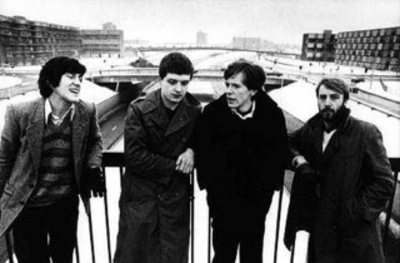Stone, Sally 
|
Accepted Version
Available under License In Copyright. Download (235kB) | Preview |
|
![[img]](https://e-space.mmu.ac.uk/627257/10.hassmallThumbnailVersion/joy_division.jpeg)
|
Supplemental Material
Available under License In Copyright. Download (31kB) | Preview |
Abstract
Manchester is a dark and gloomy northern English city; it is synonymous with three things: industry, football, and music. As with most Western cities, little heavy industry survives, but the city has garnered cult status, producing globally influential musicians. During the Industrial Revolution, its Hulme district crammed thousands into substandard terraced houses; the failed Utopian dream of the Hulme Crescents, constructed to replace them, had, by the late 1970s, become a symbol of a broken environment. This disconsolate and dejected place formed a backdrop to images that the band, Joy Division, used to define themselves. These bleak and uncompromising circumstances led Factory Records to build the Haçienda–once described as the “most famous nightclub in the world” (“Stark Raving Madchester” 1990). Its interior, designed by Ben Kelly, has become seminal, and the cultural legacy of the industrial aesthetic of the club is powerful. This paper examines the circumstances that produced it and argues that its design language is inextricably linked with the time and place of its creation.
Impact and Reach
Statistics
Additional statistics for this dataset are available via IRStats2.



